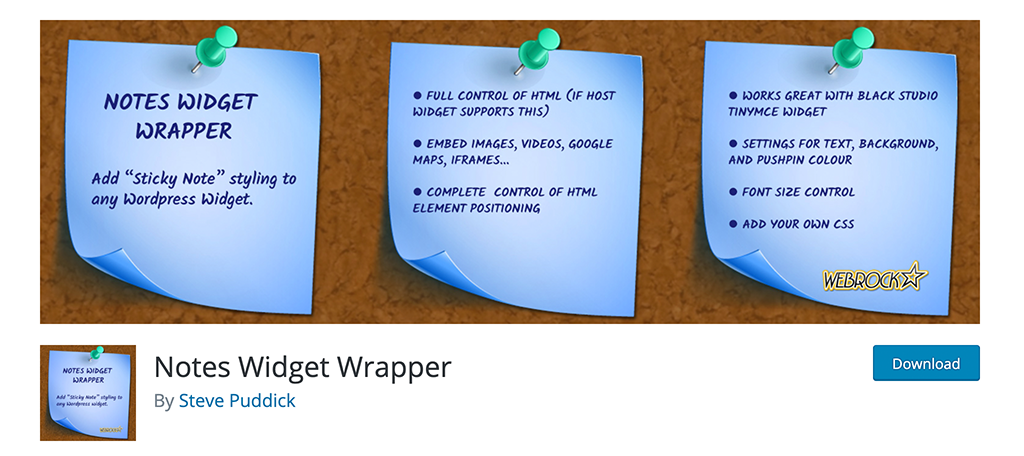


- NOTES WIDGET FOR WINDOWS 10 HOW TO
- NOTES WIDGET FOR WINDOWS 10 UPDATE
- NOTES WIDGET FOR WINDOWS 10 ANDROID
Starting in Android 12, the targetCellWidth and targetCellHeight attributes specify the default size of the widget in terms of grid cells.TargetCellWidth and targetCellHeight (Android 12), minWidth and minHeight The following table describes the attributes pertaining On when it is first added to the home screen. This context, the default size of a widget is the size that the widget will take Your widget and provide lower and upper bounds on the size of the widget. The widget sizing attributes allow you to both specify a default size for Widgets to take on sizes that are integer multiples of the grid cells (forĮxample, 2 cells horizontally x 3 cells vertically). The default home screen positions widgets in its window based on a grid of cells element and save it in the project's res/xml/ folder. The AppWidgetProviderInfo object in an XML resource file using a single The AppWidgetProviderInfo defines the essential qualities of a widget. Widgets, collection widgets, and buildingĪ widget host. Layouts, miscellaneous enhancements, advanced Other optional but recommended improvements include flexible widget The user adds the widget to their home screen. In Android 11 (API level 30) or lower, this activity is launched every time.Starting in Android 12 (API level 31), you can choose to provide a defaultĬonfiguration and allow users to reconfigure the widget later.ThisĪctivity allows users to modify widget settings (for example, the time zone for In addition to the required basic components, if your widget needs userĬonfiguration you should implement the App Widget configuration activity.
NOTES WIDGET FOR WINDOWS 10 ANDROID
App widget processing flow Note: Android Studio automatically creates a set of AppWidgetProviderInfo,ĪppWidgetProvider, and view layout files. Defined in XML, asĭescribed on this page. View layout Defines the initial layout for the widget. AppWidgetProvider is declared inĭescribed on this page. Through it, you will receive broadcasts when the widget is AppWidgetProvider class Defines the basic methods that allow you to programmatically interface with
NOTES WIDGET FOR WINDOWS 10 UPDATE
Update frequency, and the AppWidgetProvider class.ĭefined in the XML on this page. To create a widget, you need the following basic components: AppWidgetProviderInfo object Describes the metadata for a widget, such as the widget's layout,
NOTES WIDGET FOR WINDOWS 10 HOW TO
Forĭetails on creating your own AppWidgetHost to host appįor information about how to design your widget, see App widgets This document describes how to publish a widget using a widget provider. The following example shows a music widget. Is able to hold other widgets is called an app widget host (or widget host). These viewsĪre referred to as widgets in the user interface, and you can publish one withĪn app widget provider (or widget provider). This view will give you an organizable overview of all your notes, which is a super helpful tool if your desktop is flooded with them.App widgets are miniature application views that can be embedded in otherĪpplications (such as the home screen) and receive periodic updates. If you right-click on the icon in your notification tray, you'll find the Notes Manager. If you're juggling a bunch of notes on your desktop, these can be extremely helpful because you can arrange them alphabetically, roll them up (so only the header shows), or choose which notes display in front and back. Right-clicking on any note gives you an abundance of options to work with. If you ever need to reopen the Note Configuration Window, double-click on the header of the note. When you're done configuring all the options for any given note, you can click the green arrow to save your changes or the red X to discard them. It's a good way to ensure that your notes get your attention. You can set certain notes to shake when you wake up your computer, to play a noise at a certain time, or to open a certain program at a given time.


 0 kommentar(er)
0 kommentar(er)
